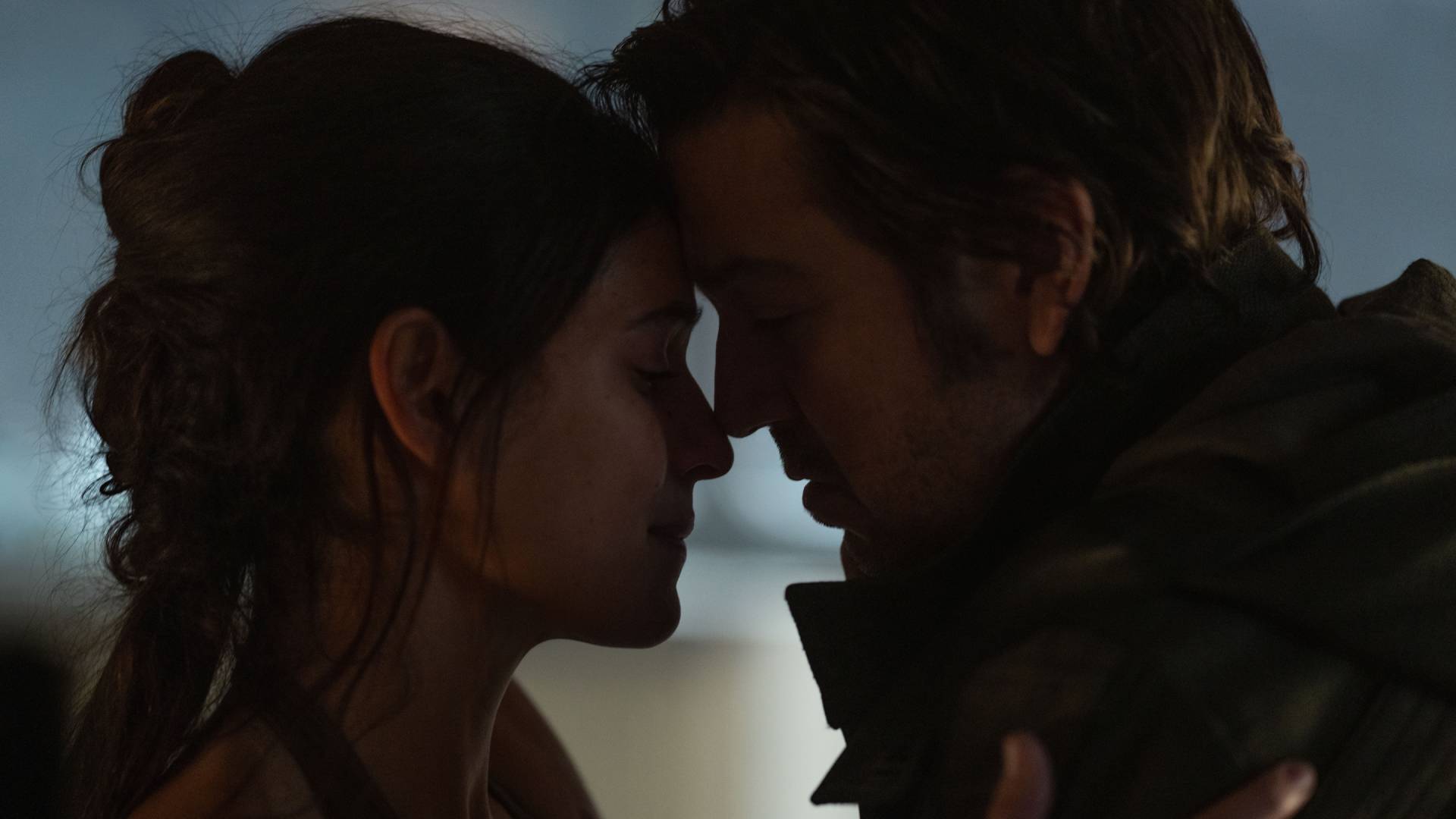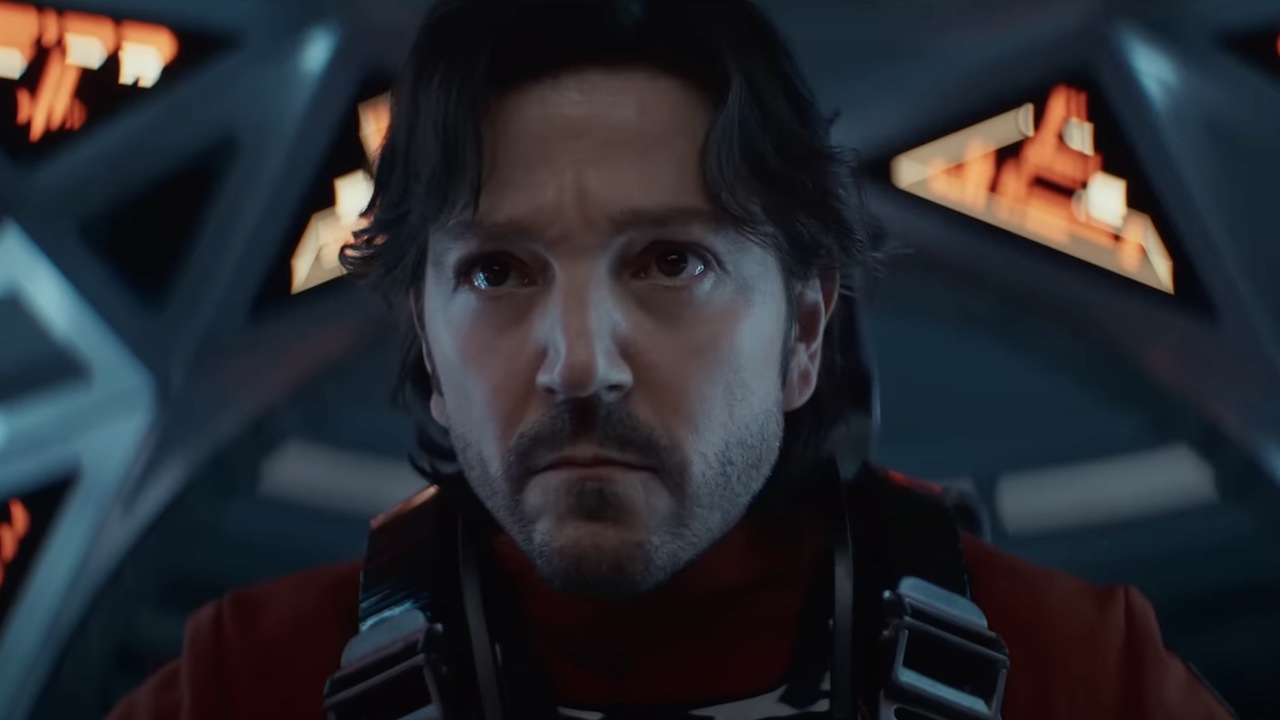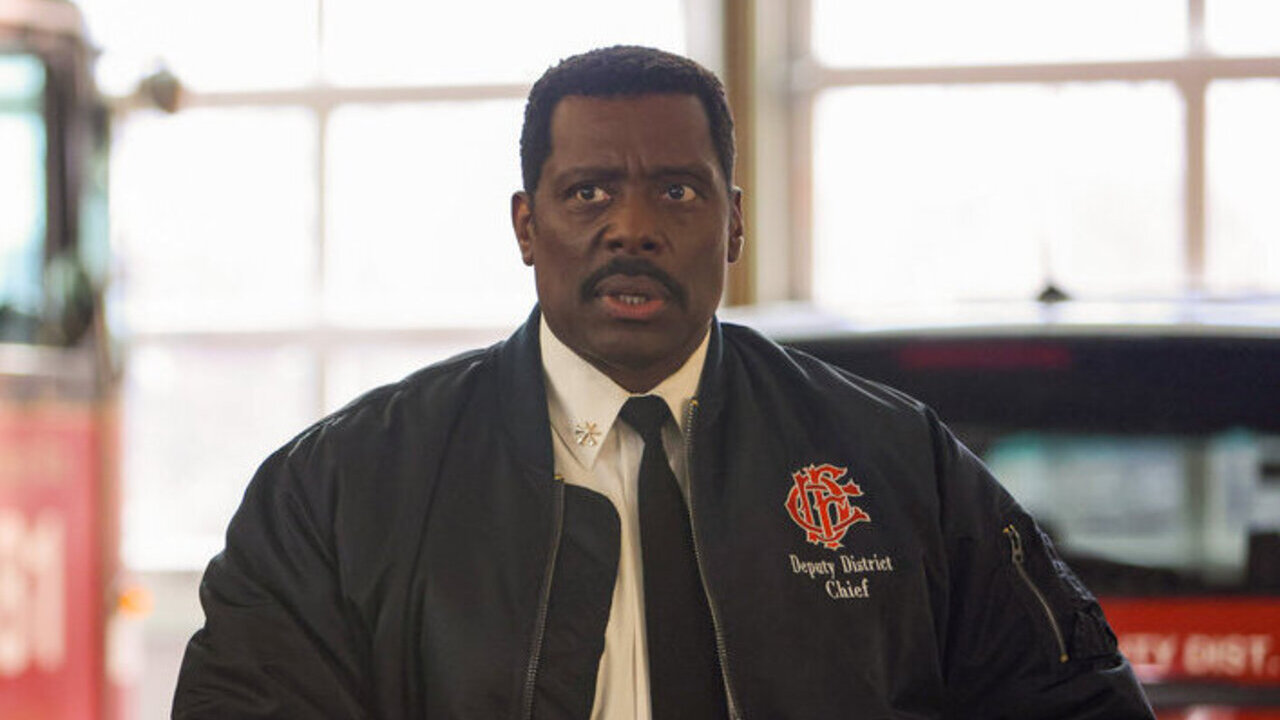It is no exaggeration to say that DC’s Absolute Universe is one of their most successful and most beloved alternate universes of all time, and it is still in its infancy. The Absolute Universe takes decades of lore and stories from superheroes and strips it all away, starting back at the very beginning of the hero’s career. And beyond just starting again, the Absolute Universe fundamentally changes some part of each character, reimagining them.
It asks, how much can I strip away while still retaining the core of the character? It reinvents heroes and villains alike, breathing new life and new direciton into all of them. So far, as hits like Absolute Batman, Superman, and Wonder Woman have shown, their approach is doing wonders. However, this isn’t the first time DC has hit the reset button on their characters and fundamentally changed things about them.

One of DC’s most widely known and controversial initiatives was the New 52. In 2011, DC completely rebooted their entire comic universe, declaring everything that came before it non-canon to the new timeline. They canceled all of their ongoing comics, including the until-then uninterrupted runs of Detective Comics and Action Comics, and restarted a new line of 52 books that would serve as a jumping on point for the DC Universe.
The reason given was that the old timeline was too difficult for new readers to get into, as the idea of needing to know decades of lore to understand what is going on in a random Batman issue limited the amount of people who could buy it.The New 52 reset every superhero back to square one, all fitted with new origin stories and years of lore. The idea was that every main hero had been operating for only ten years at the time of their first issue’s release, making them all much younger than fans were used to.
Alongside these new beginnings came new lore, with massive changes such as Cyborg being the result of fusing with Apocalyptian tech and Superman’s parents having died when he was still a teenager. The reboot freed writers to take these classic heroes in all new directions, unshackled by hundreds of other comics dictating a status quo. Some massive changes were implemented, such as Superman dating Wonder Woman instead of Lois Lane.
Scott Snyder’s run on Batman is widely considered one of the best New 52 runs, and one of the Dark Knight’s best ongoings in general. And yet, just five years later DC restored much, if not all, of the pre-New 52 continuity with their Rebirth launch of comics.RELATED: Absolute Martian Mahunter Isn’t Just a Great Comic, It’s Fine ArtSo with all that said, why is the New 52 remembered as so divisive when the Absolute Universe, which is making even more drastic changes than some of the New 52 books, is almost universally beloved? Well that all comes down to one thing; legacy.
How are the New 52 and Absolute Universes Different?The most drastic and important difference between the New 52 and the Absolute Universe is that the Absolute Universe is an Elseworlds, meaning that whatever happens in it does not impact the main DC Universe. You can have Absolute Batman be a working-class man whose mom is still alive and whose best friends are some of his most notorious villains without having to rewrite any of them in the main Batman comic. No matter how good or bad Absolute Universe stories are, readers can just ignore them if they don’t like them, and there’s still the more traditional mainline comics for them to enjoy.
The New 52 was completely different because the only DC comics you could read were the New 52. There would be Elseworlds stories and alternate takes, but the main Batman comic was the New 52 relaunch, and if you didn’t like the direction of that book then you just didn’t read Batman. The New 52 wiping away decades of lore might have freed up writers and made it easier for new fans to jump on, but it also invalidated thousands of beloved stories that older fans had dedicated years to.
It threw away relationships and character development that had been set in stone, all for the purpose of trying something new.To continue with the Batman example, let’s look at some of the changes made to him and other characters in his circle with the New 52. Barbara Gordan went from being Oracle to Batgirl, and pre-New 52 Batgirl Stephanie Brown was nowhere to be found.
Dick Grayson was no longer Batman and was reverted to Nightwing again and didn’t start as Robin until he was sixteen. Tim Drake was apparently never a traditional Robin and was always Red Robin. Cassandra Cain, Batgirl then Black Bat, just wasn’t there at all.
And Batman was one of the lucky heroes, because due to his popularity many of his most classic stories were said to still be canon, but the timeline was altered so that they all occurred within ten years, which caused all kinds of continuity headaches.Suffice to say, the legacy of multitudes of heroes was wiped off the map. Gone were successors to the mantles of great heroes like Connor Hawk as Green Arrow or Wally West as the Flash alongside Barry Allen.
The New 52 took decades of history away from characters, and even to this day some of them have yet to reappear or have their original histories. So while the New 52 is remembered in heated controversy, the Absolute Universe is loved because it is a bold new direction that doesn’t impede the old, which plenty of people still love. It respects DC’s long legacy, which in turn gives it a welcome place in the multiverse.
What do you think? Let us know in the comments.The post Before DC’s Absolute Universe, the New 52 Changed Everything appeared first on ComicBook.com.
.
Entertainment

Before DC’s Absolute Universe, the New 52 Changed Everything

It is no exaggeration to say that DC’s Absolute Universe is one of their most successful and most beloved alternate universes of all time, and it is still in its infancy. The Absolute Universe takes decades of lore and stories from superheroes and strips it all away, starting back at the very beginning of the [...]The post Before DC’s Absolute Universe, the New 52 Changed Everything appeared first on ComicBook.com.















